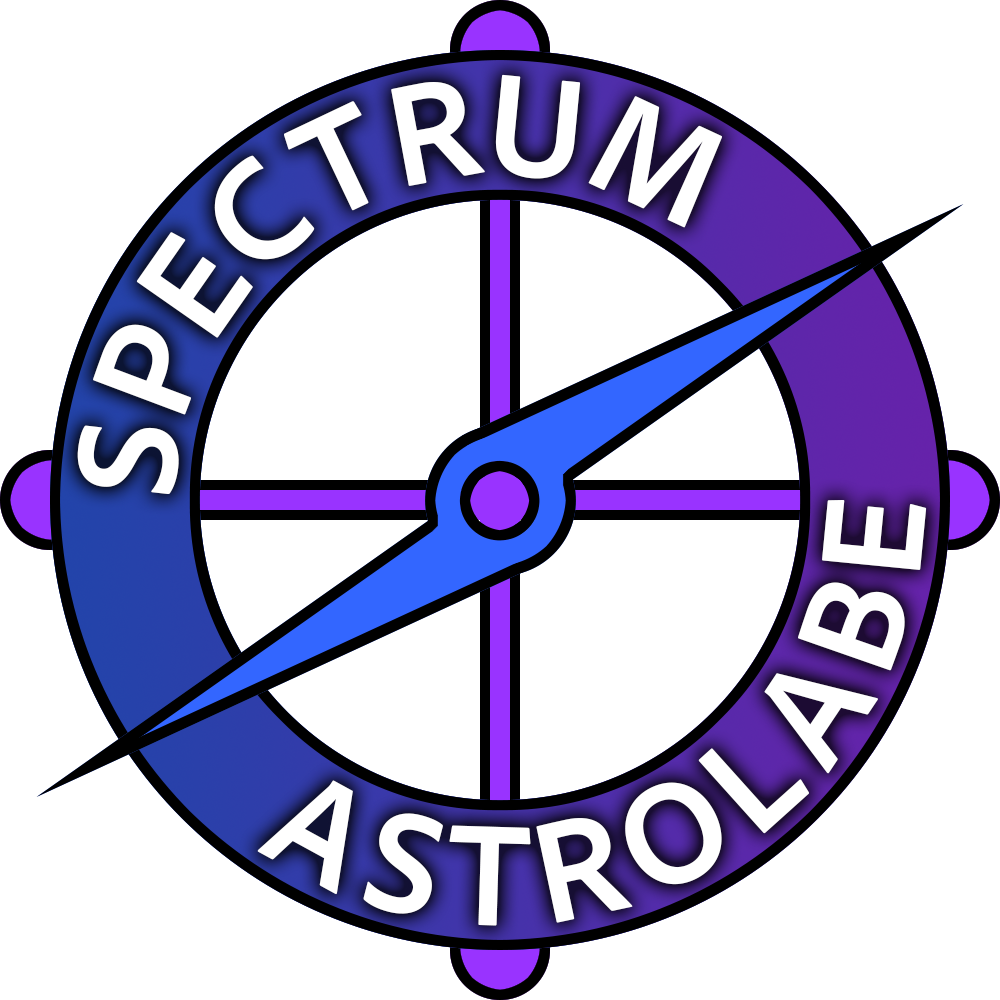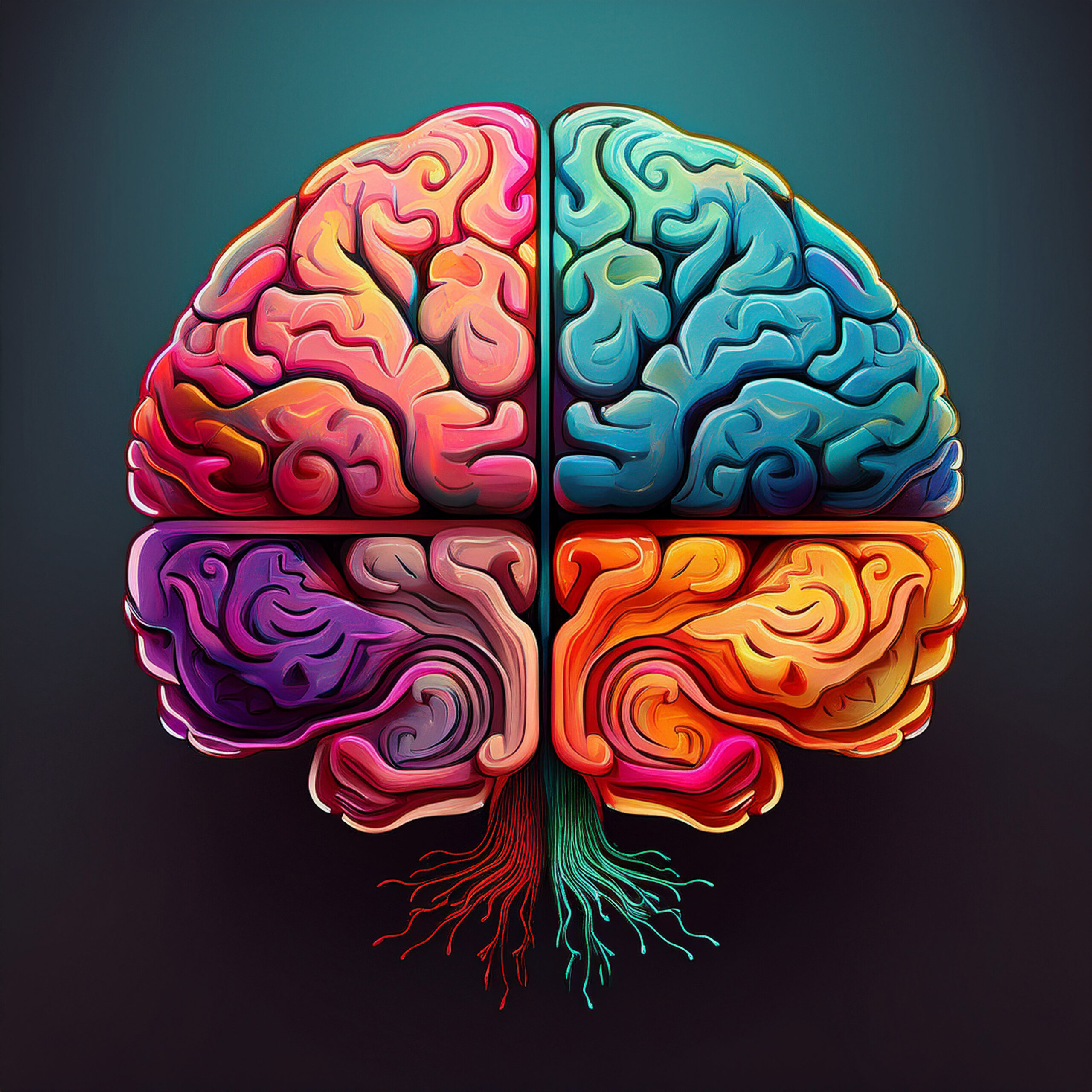Getting a timely autism diagnosis can feel like finding a needle in a haystack. There’s a mountain of paperwork, interviews, and observation sessions, all focused on social and communication behaviors that often show up later in childhood. But what if the answer has been right at our fingertips all along? Literally.
A Fresh Look at Motor Clues
Recent research out of York University and other institutions is shining a spotlight on something most of us do without a second thought: picking up objects. By analyzing the way people grasp things, scientists are uncovering subtle differences that could help spot autism spectrum disorder (ASD) earlier and more easily than ever before.
Here’s what’s catching everyone’s attention:
- Machine learning models can classify autism with about 85 percent accuracy just by looking at finger movements during grasping tasks.
- These differences show up in natural, everyday actions. No need for fancy equipment or artificial lab tasks.
- The approach could be adapted for children, potentially lowering the age of diagnosis and unlocking earlier intervention.
Why Fingers Matter
It turns out, motor differences in autistic individuals aren’t just a side note-they’re often present from the get-go. Studies have found that:
- Infants later diagnosed with ASD show differences in fine motor skills as early as three months old.
- These early motor quirks include things like awkward hand shaping, slower movement speeds, and unusual timing when reaching for or grasping objects.
- Such motor markers may be more reliable for early detection than waiting for social or communication challenges to emerge.
How the Science Works
The latest studies are a far cry from the old “watch and guess” approach. Researchers use simple setups-sometimes just two motion-tracking markers, one on the thumb and one on the index finger. Participants are asked to pick up objects of different sizes, and their movements are recorded in 3D.
Then, machine learning algorithms sift through the data, looking for patterns that set autistic and non-autistic individuals apart. Even when using just a handful of movement features-like how quickly the fingers separate or how long it takes to grab an object-the models still perform impressively well.
What Makes This Approach Stand Out?
- It’s simple and non-invasive: No brain scans, no long interviews, just a quick grasping task.
- It’s scalable: With minimal equipment, clinics and schools could use this method without breaking the bank.
- It’s grounded in real-world behavior: The tasks mirror what people do every day, making the results more meaningful.
Not the Whole Story-Yet
Of course, it’s not all sunshine and roses. The current research mostly involves young adults with typical IQs, so there’s still a question mark over how well this works for younger kids or those with different developmental profiles. Plus, while these motor patterns are promising, they’re not a magic bullet. Other neurodevelopmental conditions might show similar quirks.
Still, the potential is hard to ignore. As Professor Batsheva Hadad, a key collaborator, put it, “Motor markers that can be captured very early in childhood may lower the age of diagnosis”. That could be a game-changer for families waiting months or even years for answers.
A Glimpse Into the Future
If you’ve ever watched a toddler fumble with a toy or marveled at how quickly kids learn to use their hands, you know there’s a lot going on beneath the surface. Now, thanks to advances in motion tracking and AI, those everyday movements might hold the keys to earlier, easier autism diagnosis.
So, next time you pick up your coffee mug or toss your keys on the counter, remember: sometimes the smallest gestures can reveal the biggest secrets. And in the world of autism research, it looks like we’re just scratching the surface of what our hands can tell us.
Citations:
- Sacrey, L. A. R., Armstrong, V. L., Bryson, S. E., & Zwaigenbaum, L. (2014). Reaching and Grasping in Autism Spectrum Disorder: A Review of Recent Literature. Frontiers in Neurology, 5, 6. https://pmc.ncbi.nlm.nih.gov/articles/PMC3899541/
- Zhu, Y., Chen, Y., & Liu, J. (2024). A comparative study on fundamental movement skills among children with autism spectrum disorder and typically developing children. Frontiers in Psychology, 15, 1287752. https://www.frontiersin.org/journals/psychology/articles/10.3389/fpsyg.2024.1287752/full
- York University. (2025, May 5). How individuals grasp an object may offer simpler diagnosis for autism spectrum disorder. ScienceDaily. https://www.sciencedaily.com/releases/2025/05/250505171014.htm
- Freud, E., Ahmad, Z., & Hadad, B. (2025). Effective Autism Classification Through Grasping Kinematics. Autism Research, Advance online publication. https://onlinelibrary.wiley.com/doi/10.1002/aur.70049
- Libertus, K., Sheperd, K. A., Ross, S. W., & Landa, R. J. (2018). The reach-to-grasp movement in infants later diagnosed with autism spectrum disorder: A high-risk sibling study. Frontiers in Psychology, 9, 2435. https://pmc.ncbi.nlm.nih.gov/articles/PMC6307213/
- Becchio, C., Manera, V., Sartori, L., Cavallo, A., & Castiello, U. (2017). Autism is associated with reduced ability to interpret grasping actions. Scientific Reports, 7, 12995. https://www.nature.com/articles/s41598-017-12995-z










